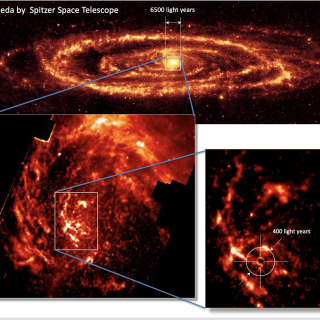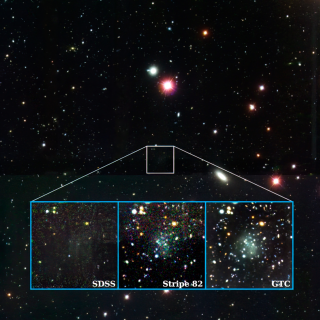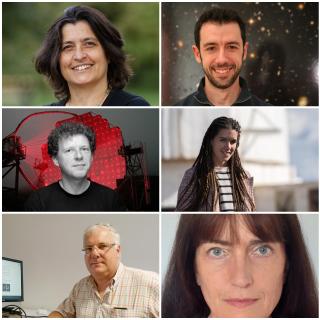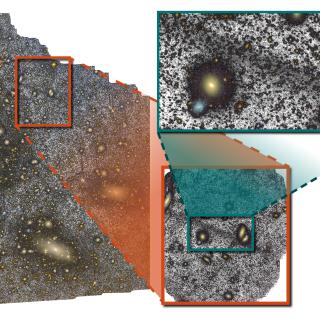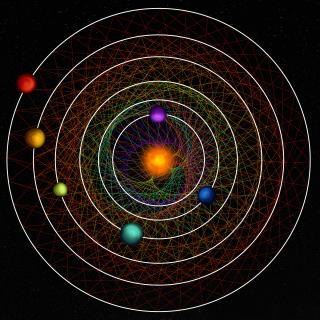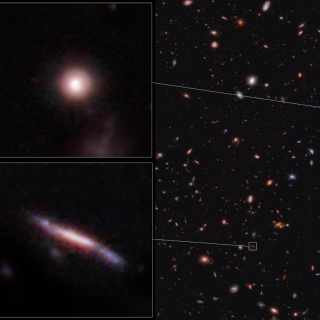
Thanks to images obtained by the James Webb Telescope (JWST), an international scientific team in which the Instituto de Astrofísica de Canarias (IAC) participates has been able to verify that galaxies in the early universe are usually flat and elongated, and not round or spiral like the nearest galaxies. International research has found, by analysing high-resolution, infrared images of the JWST, that flattened oval disc and tube-shaped galaxies were much more common when the universe was between 600 million and 6 billion years old. In contrast, the nearest galaxies have clearly defined
